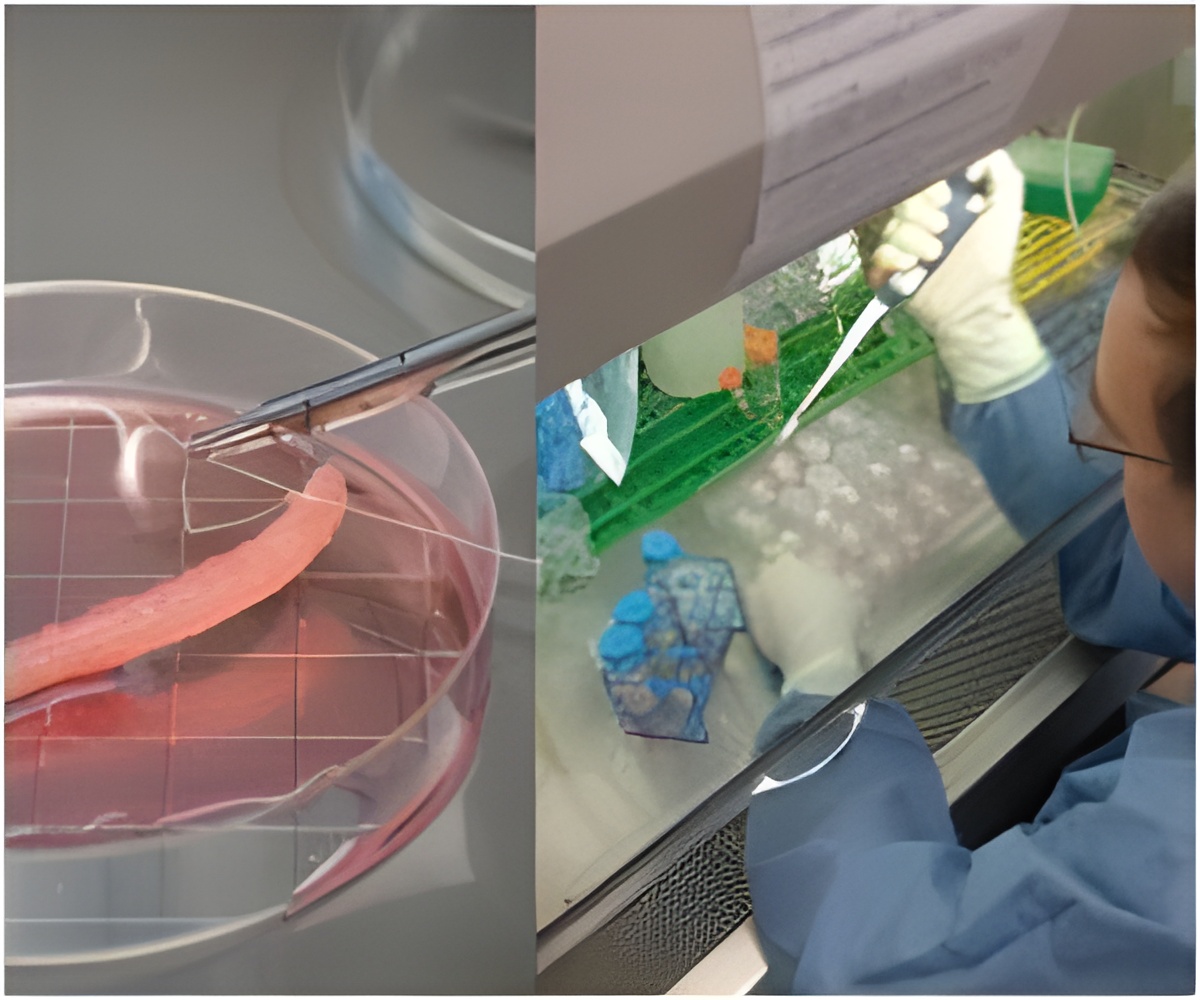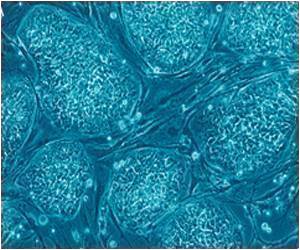
During the study, scientists first discovered the genes activated during tail regeneration. Many genes were involved in metabolism, especially those that were connected to the production of reactive oxygen species (ROS).
Using a fluorescent molecule that changes light emission properties in the presence of H2O2, researchers sought to examine ROS during tail regeneration. During this time they measured the level of hydrogen peroxide (H2O2).
The study revealed that during tail amputation, there was a significant increase in H2O2. These levels were pretty high during the entire tail regeneration process which usually goes on for many days. "We were very surprised to find these high levels of ROS during tail regeneration. Traditionally, ROS have been thought to have a negative impact on cells. But in this case they seemed to be having a positive impact on tail re-growth," researchers said.
When ROS production was restricted, it was found that the tadpole tail did not grow back. The study also showed that antioxidants can have a negative impact on tissue re-growth, contrary to what is always thought.
Advertisement









